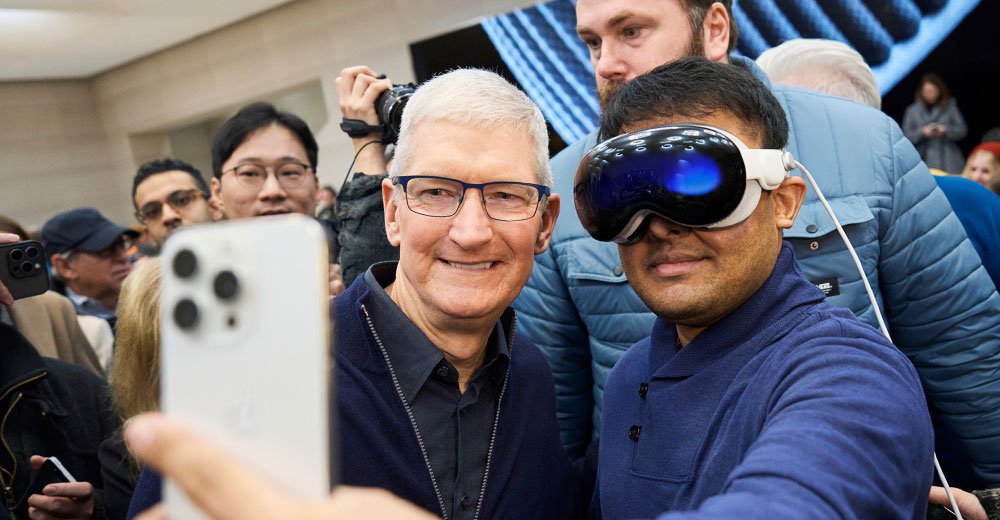[ad_1]
The landscape of app development has evolved significantly over the years, with new trends emerging in the way developers monetize their creations. Gone are the days when you could pay a one-time fee for a full-featured app and use it indefinitely. The rise of in-app purchases and subscription-based models has become the norm, making it challenging for developers to find the right balance between profitability and user experience.
However, there seems to be a resurgence of the traditional paid download model in the world of Apple’s App Store, specifically for its upcoming augmented reality/virtual reality Vision Pro goggles. According to data released by Appfigures, more than half of the developers creating Vision Pro-only applications are opting for the good old-fashioned paid downloads, as opposed to the prevalent subscription-based model in the App Store.
Eric Abbruzzese, a research director at ABI Research, attributes this shift to the newness of the ecosystem and storefront surrounding the Vision Pro goggles. He explains that in the early days of the iPhone App Store, the majority of apps were free, but as the platform matured, subscriptions became a more prominent revenue stream for both developers and Apple. However, with the Vision Pro being a relatively new platform, developers are more inclined to opt for paid downloads upfront to mitigate the risks associated with a new technology.
Rob Enderle, president and principal analyst of the Enderle Group, suggests that it typically takes about three iterations for a new product to reach maturity and lower risk levels. Developers creating apps for Vision Pro want to ensure they recoup their investment early on, hence the preference for paid downloads. This model is particularly attractive for niche market apps that require specialized functionality, as it allows developers to recover development costs and build a committed user base.
Mark N. Vena, president and principal analyst of SmartTech Research, emphasizes the clear path to profitability that the paid download model offers for Vision Pro developers. By charging for downloads, developers can ensure exclusivity and attract users who are serious about leveraging the features of the Vision Pro goggles. This approach not only supports ongoing app development efforts but also sets the stage for sustainable revenue generation.
While paid downloads are gaining traction among Vision Pro-only developers, the scenario is different for iOS software makers optimizing their existing apps for the AR/VR device. Appfigures reports that only 17% of optimized apps were paid downloads, with a majority opting for subscriptions to monetize their offerings. The disparity in monetization strategies reflects the diverse user base and market potential between Vision Pro and iPhone apps.
Despite the modest pricing of Vision Pro apps, with an average cost of $5.67 per app, the challenge lies in app discovery due to Apple’s decision to remove all software for the device from the “top charts” in the App Store. This move could hinder developers’ ability to reach their target audience and gauge market trends, impacting user acquisition and revenue generation. However, experts like Enderle believe that these categories will likely reappear as the platform matures and more apps become available.
Looking ahead, there is a consensus among analysts that Vision Pro developers may eventually transition to alternative monetization models, such as subscriptions or freemium models, to adapt to evolving market trends and user preferences. As the competition in the Vision Pro market grows, developers will need to explore different models to stay competitive and meet changing user expectations. Ultimately, the choice of monetization model will depend on the developer’s goals and the perceived value of their app’s features.
In conclusion, the resurgence of paid downloads for Vision Pro apps signals a shift towards more traditional monetization models in a rapidly evolving app development landscape. As developers navigate the opportunities and challenges presented by new technologies, finding the right balance between profitability and user experience will be key to their success in the competitive market of augmented reality and virtual reality.
[ad_2]
Related Products
[products limit="3" columns="3"]


